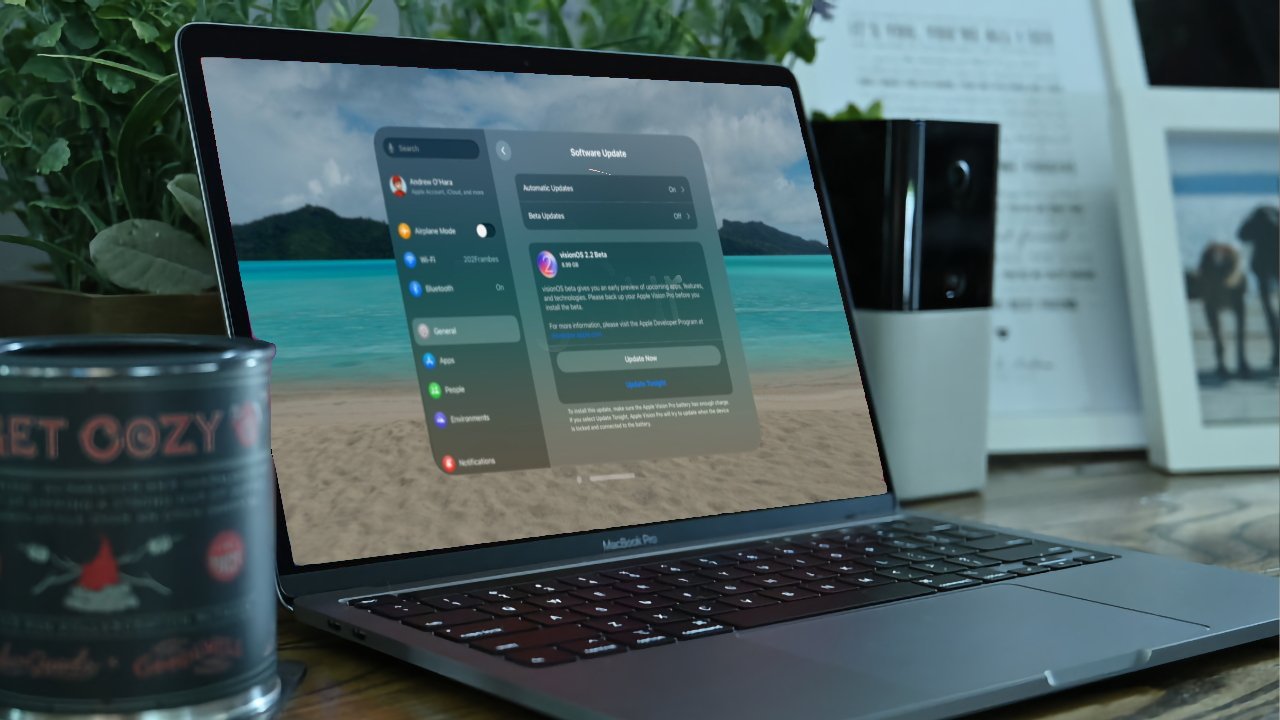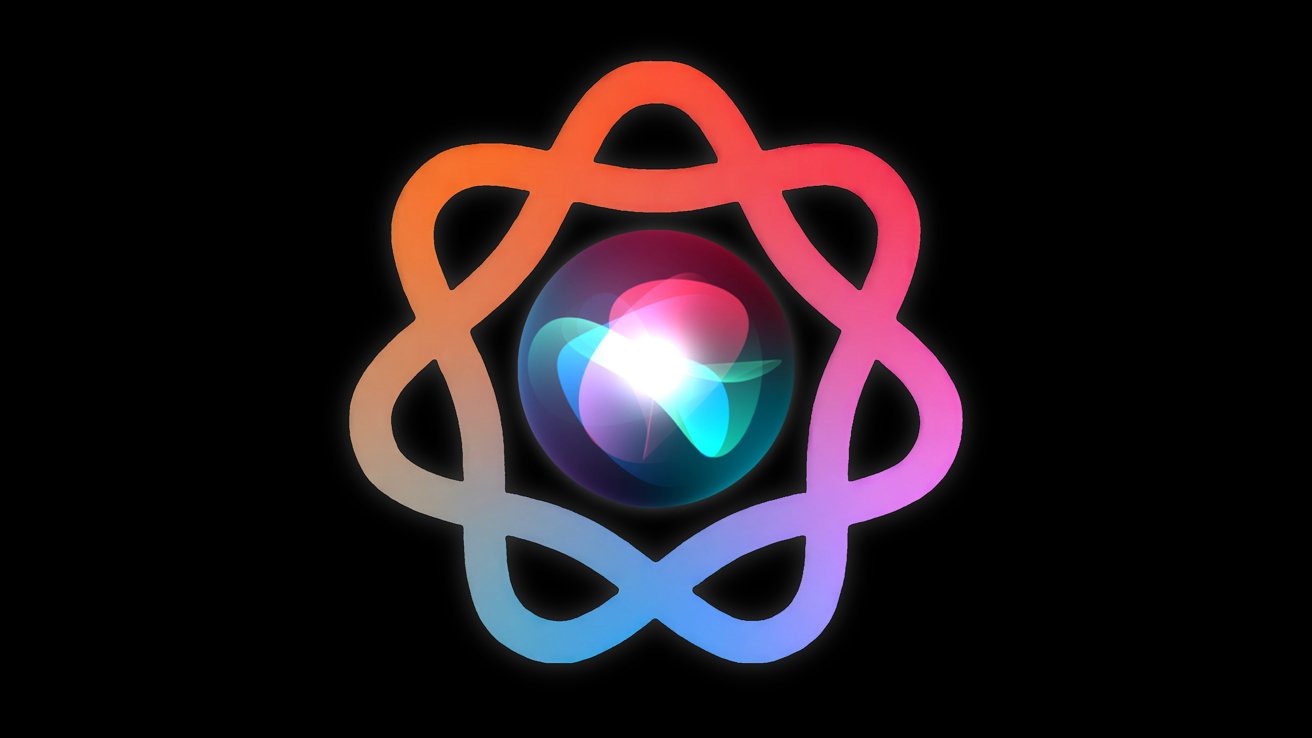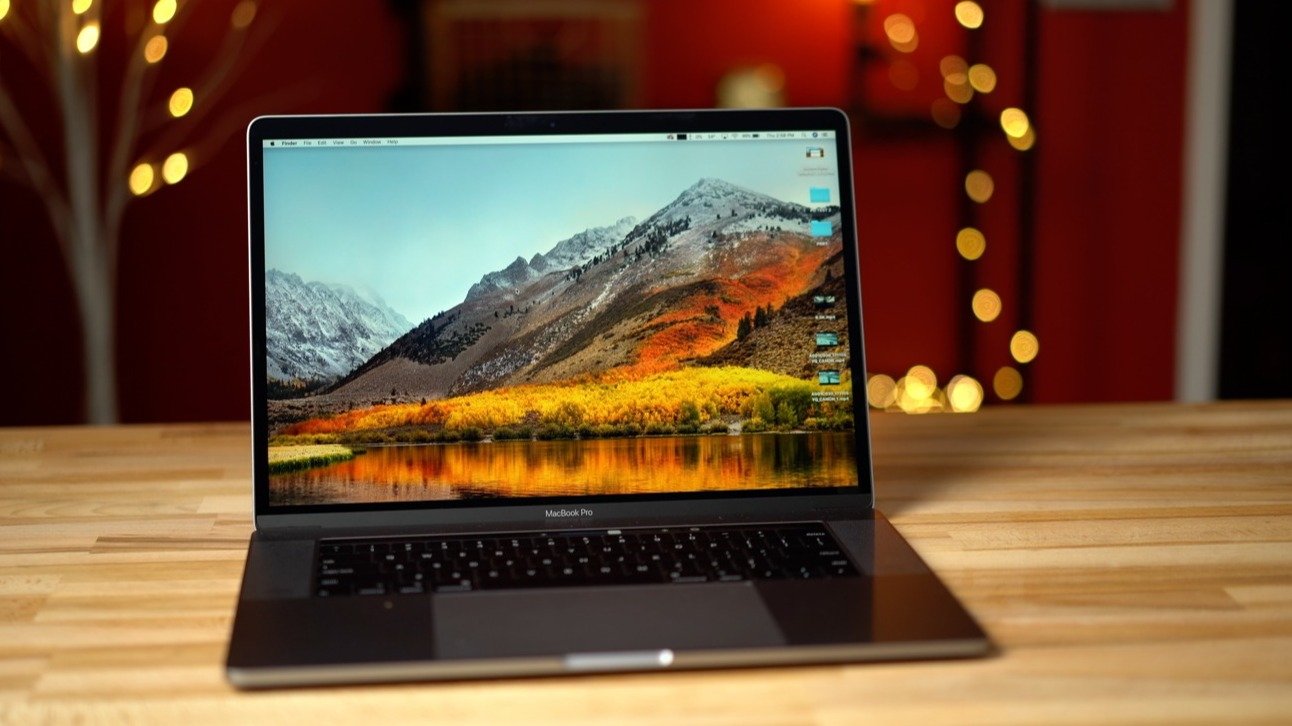Starting with whether it will be called macOS 26 or macOS 16, there are so many rumors about what the next update to the Mac operating system will bring. Here’s what’s expected, and most likely to happen.
The only certainty is that the next major update to macOS will be announced on June 9, 2025, during the WWDC keynote. Beyond that, it is now looking highly likely that this successor to macOS 15 Sequoia will be called macOS 26 — and it’s strongly rumored that it will be announced as macOS Tahoe.
If Apple does name macOS after a region in California, it will be continuing the now 12-year-long tradition. Previously, the then-called OS X was named after cats for around 11 years.
That numbering change, if it does happen, will be done across all of Apple’s operating systems. They will then be consistent with each other, and also since the number refers to the year after release, it will be clearer when an OS came out.
Regardless of what happens with the public name or number of macOS, though, internally the new update is now expected to come with changes known as “Solarium.”
“Solarium” visual changes
Repeated rumors make it seem likely that the Mac and all of Apple’s operating systems — perhaps bar visionOS for the Apple Vision Pro — will get a significant, even dramatic, overhaul. The reason visionOS won’t get such marked changes is that they are all said to be inspired by what Apple Vision Pro users already see.
There is no detail, only a quite vague supposition that the Mac’s visual overhaul will be a slick and modern reinvention of the familiar interface. Back in 2020, Apple brought many changes with macOS Big Sur, but it appears that “Solarium” will be more significant.
It’s not going to be that the Mac, iPhone, and iPad, will all look completely like visionOS. But visionOS does feature Apple’s latest user interface work, so at least some touches such as window designs may come to the Mac.
There has to be a functional benefit, though. It won’t be that Apple will just bring over a design that looks nice, it needs to offer better clarity or usability for Mac users first.
As ever when there is any rumor about Apple, though, more speculation follows. In this case, the rumor that the “Solarium” update will bring a visionOS-style design to the Mac has led to some presumption that a touchscreen MacBook Pro may follow.
There have been so many clues, over so many years, that Apple is considering a touchscreen Mac, that it’s impossible to rule it out.
But Apple is extremely good at choosing when to announce what. Even if macOS 26 can support touchscreens, Apple might not reveal that until it launches a touchscreen MacBook Pro.
Theoretically, Apple could launch devices at WWDC, but the conference is ostensibly for developers. The company has introduced new hardware at WWDC, but typically when there was something developers needed to work with.
So in 2020, Apple announced the first Apple Silicon hardware, specifically in a Developer Transition Kit.
It doesn’t seem likely that adding a touchscreen would mean much — or any — additional work for developers, though. And at present, the next MacBook Pro looks as if it will come later in 2025.
Apple’s 2025 to 2026 releases
In recent years, most especially in 2024 with Apple Intelligence, Apple seems prone to spacing out new features in its OS releases. So rather than everything coming with the public release in September 2025, are presently more likely to be spread out into 2026.
Based on how Apple Intelligence has gone so far, it’s a fair bet this spreading out will happen again. Plus you can be sure that whatever Apple Intelligence features are updated, they will be on the iPhone first.
Nonetheless, it’s been consistently expected that Siri will get a significant update with macOS 26 and the rest of Apple’s OS lineup. That would be chiefly the same update that was promised with 2024’s launch of Apple Intelligence, but it was originally thought that there would be more.
Specifically, it was repeatedly reported that there might also be a ChatGPT-style chatbot for Siri. Perhaps there still will be, but the latest rumors suggest this year’s WWDC will be a scaled-down affair, and features such as the Chatbot will be announced in 2026 instead.
Certainly something needs to be done with Siri, since instead of improvements, it has consistently shown downgrades in performance, accuracy, and even just usability.
But this is getting into the area of a macOS wishlist, and there yet features that are either expected to come, or actually known to be coming.
What’s known
Apple keeps its OS details as secret as it can, except for every May when it simply lays out for us a whole slew of features. They are latest Accessibility features Apple is working on, and while the company never gives specifics about when they will be released, they are in the next major OS update.
These Accessibility features are across the iPhone — where they are arguably most useful — but also include Mac-specific ones. Such as a Magnifier, and an Accessibility Reader.
The former brings to the Mac the magnifier that has long been on iPhone. Using an external camera — not any built-in Mac selfie one — users can point their lens at anything they are struggling to see.
Similarly, Accessibility Reader is for people with visual impairment. In a similar way to the existing Reader view in Safari, but with more and finer controls, it alters fonts, spacing, and colors to make reading easier.
Mac users will get a new Braille Access features, that include the ability to open Braille Ready Format (BRF) files.Plus a launcher will let users open any app by typing with a connected device, or Braille Screen Input.
Apple has also said that it will introduce what it calls Accessibility Nutrition Labels to the App Store. That means users will be able to see what accessibility features an app has or supports, before they download it.
What else is expected
It’s been rumored that Apple will announce that it is now supporting Google Gemini within Apple Intelligence. Currently Apple Intelligence only supports ChatGPT, but more services have been promised, and Google is keen.
Then speaking of Apple Intelligence, it’s been rumored that the iPhone will get an AI-powered battery health system. So if, for instance, your calendar says you have a 6 a.m. meeting, the iPhone will know to charge fully instead of holding back until your usual 8am wake up time.
If that does come to the iPhone, it seems an easy win for Apple to also provide it for MacBook Air and MacBook Pro. Although Apple has been working on iOS battery health systems since at least the iPhone 15, and some of those features have yet to come to the Mac.
Gaming and smart home features
Given that Apple recently bought the games company behind “Sneaky Sasquatch,” it clearly has ambitions in gaming that go beyond its current Apple Arcade platform.
It’s subsequently been strongly rumored that Apple will use WWDC 2025 to unveil a gaming app. The expectation is that Apple wants to establish its devices as gaming ones, and so would debut the game across all its devices.
Apple has certainly long wanted to establish its devices as being prime for use in smart homes, and has had its HomeKit services for years. Now it’s also rumored that a new homeOS will be announced at WWDC.
Again, if it is, Apple will probably show it in use on the iPhone, perhaps the iPad, or maybe even the expected but not yet announced Home Hub. Nonetheless, homeOS will be incorporated into macOS with at least any new Home app being present.
Who will get the new features
Every year, there is an issue that the latest macOS may have system requirements that mean it can’t run on as many Macs as its predecessor. That used to tend to mean that there was a clear line with some Macs supporting the new OS, and some not.
That line has been blurred, though, since Apple moved from Intel to Apple Silicon. Versions of each macOS since have been released for both processors, but some features have had to be excluded from the Intel variety.
This time, it is rumored that there will notable Intel Macs that cannot run macOS 26 at all. Those include:
- MacBook Pro 2018
- Intel MacBook Air 2020
- iMac Pro 2017
- Mac mini 2018
These are currently supported by macOS Sequoia, but they are also the oldest Macs that can run that OS at all. Consequently, it won’t be a surprise if they cannot support macOS 26.
However, it does mean that the number of Intel-based Macs that Apple supports with the latest macOS is dwindling. It’s possible that this may even be the last year that any non-Apple Silicon Macs are supported.
WWDC 2025 and macOS
While it has long been the iPhone that gets the most attention at WWDC, there is never a year that the Mac doesn’t get some new features. They can’t all be like 2020 when macOS Big Sur seemed like a huge overhaul of the Mac.
Yet now if the rumors are correct, WWDC 2025 is going to include a much more radical change to the Mac than even that.
Everything will be announced at the keynote on June 9, 2025, and doubtlessly a developer beta will be released then or very soon afterwards. That developer test release will be followed in a few weeks by a public one.
Even developers who have to try out the new macOS won’t do so on their main production machines, though. AppleInsider recommends never installing any beta, and instead waiting for the official public release of macOS 26 in September.















